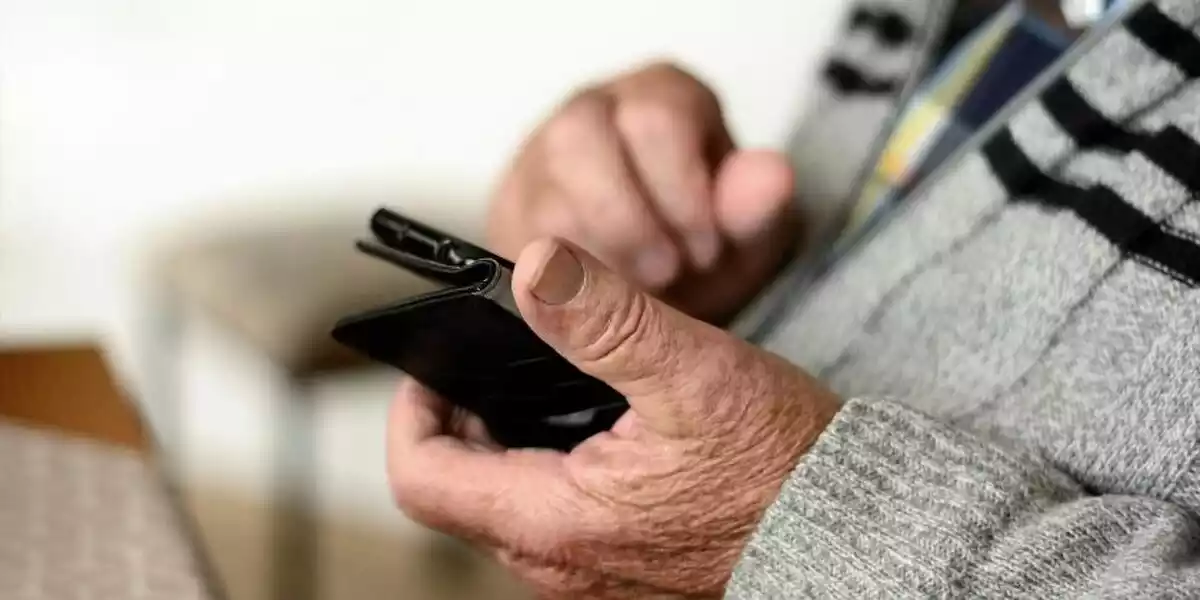
As the pandemic advances, we cannot help but be surprised by the consequences of COVID-19 not only on a social and economic level but also on a physical level. Only about three weeks ago, a group of dermatologists decided to carry out a study to discover the consequences that COVID-19 could have on the skin.
After studying more than 375 cases, it was found that all those infected followed five common patterns in their skin. The British Journal of Dermatology has published this study led by Cristina Galván Casas, from the Dermatology Service of the Hospital Universitario de Móstoles in Madrid, and by Alba Catalá Gonzalo, from the Dermatology and Venereology Service of the Hospital Paltó in Barcelona and Gregorio Carretero Hernández, from the Dermatology Service of the Hospital Universitario Gran Canaria Doctor Negrín in Las Palmas de Gran Canaria.
The cutaneous manifestations of COVID-19
The analysis of the 375 cases showed that they all had chilblain-like rashes on acral areas, vesicular rashes, urticariform lesions, maculopapular rashes and livedo-reticularis or necrosis.
The chilblain-like acral rashes on hands and feet have been detected in young patients, in most cases, and they usually last for 13 days. However, dermatologists claim that this is associated with a less severe prognosis.
Vesicular rashes on the body have been detected in 9% of cases. They are common in middle-aged people with intermediate disease severity and they usually last about 10 days.
Urticariform lesions, the third type of pattern, occurs in 19% of cases and is mostly concentrated on the trunk, although it has also been seen scattered throughout the body. Their average duration is 6.8 days, they tend to be very itchy and they usually occur in more serious patients.
One of the most frequent manifestations is maculopapular rashes, which affects 47% of the studied cases. They also occur in severe patients and they usually last from 8 to 9 days.
Finally, livedo-reticularis rashes and necrosis occur in 6% of cases. These are marks on the skin that resemble a net and have appeared in older and more serious patients.
"What we have seen, in addition to categorizing the skin manifestations into five groups, is a gradient of disease, from less severe in cases where there were pseudo-chilblains to more severe in patients with livedo-reticularis lesions, who presented more cases of pneumonia, hospital admissions and need for intensive care," says Ignacio García-Doval, director of the AEDV Research Unit.
Despite the revealing results of this study, it must be borne in mind that it cannot be ruled out that there are other causes behind some of these manifestations.
[This is a translation of the original article "Las 5 manifestaciones del coronavirus en la piel" published in espanadiario.net]

